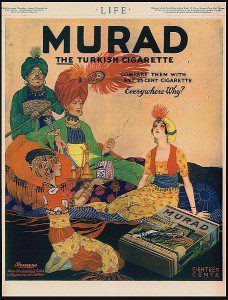Should one choose term or permanent life insurance? Granted every situation is different, but a general guideline is simple. Go by the age you need to cover.
Term before retirement and permanent after retirement – Term to replace a breadwinner’s lost income: permanent for final expenses or estate planning.
Term – pre-retirement
- 20’s: 30 year term
- 30’s: 30 year term
- 40’s: 20 or 25 year term
- 50’s: 10 or 15 year term
- 60’s: 10 year term
7 to 10 times annual salary is general rule of thumb. Most important: get something with affordable premiums. If need be, drop back on the term length, rather than the face amount, for affordability.
If you have children, get term long enough to cover your youngest child past college age. For example, if your youngest is 9, a 15 year term. 9 + 15 = age 24. It used to be that age 22 was the benchmark year for college graduation, but since the 5 year plan is more the norm, so you may want stretch it out a bit more.
Permanent – post-retirement: 60’s, 70’s, 80’s, 90’s
Ideally, start a separate permanent policy in your 30’s, 40’s or 50’s. If not, permanent is available into one’s 80’s. If unhealthy, you can convert your term policy into permanent in your 60’s.
First choice: fully underwritten life insurance, which requires a blood test and medical records. It’s less expensive, and you get more coverage. There’s a big industry out there, including AARP, that misleads seniors into needlessly expensive no exam term and permanent. That coverage is only plan B if very unhealthy and for permanent only. Don’t be fooled into no exam term.
North American currently has the best policy for final expenses, a $25,000 guaranteed universal life.
For estate planning purposes there are guaranteed universal life policies at whatever coverage level that suits your objectives. The most choices are for coverage at $100,000 or more. Please refer to my sample quotes by age.
Images: Wikimedia Commons





 Licensed Agent:
Licensed Agent: